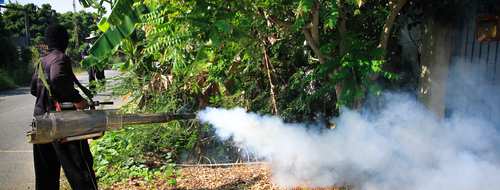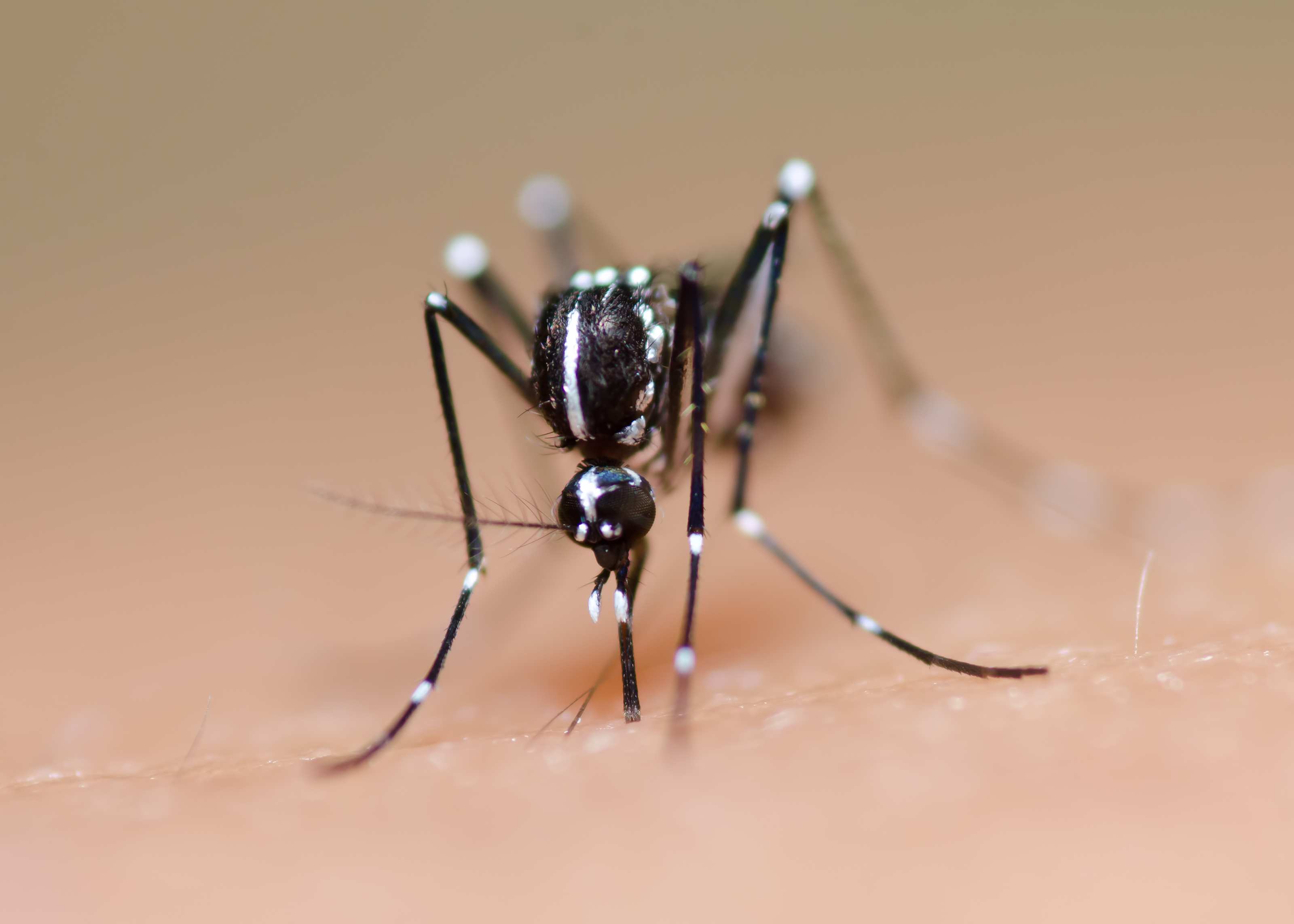The recent outbreak of the Zika virus (ZIKV) in Brazil and in at least 29 other countries and territories is a stark reminder of the risks associated with new, emerging and reemerging infectious diseases.
This article is intended to provide essential background information on the Zika virus in order to assist insurers’ understanding and risk assessment of the situation. Insurers must continually stay abreast of these risks and rapidly assess the potential impact on morbidity and mortality – often with only preliminary scientific or actuarial data.
Zika Virus
The Zika virus was initially isolated in 1947 in the Zika Forest of Uganda and the first human case identified in Nigeria in 1954. A member of the Flaviviridae family of viruses, the Zika virus is related to the category of viruses that include those known to cause yellow fever, dengue, Japanese encephalitis and West Nile disease. It is transmitted to humans primarily by at least one species of Aedes mosquito, which inhabits large portions of the world and is known to bite aggressively in daytime. Transmission has also been documented through blood products and sexual contact.
For half a century, Zika was known to cause only mild, sporadic human outbreaks, which only occurred in Africa and Asia. However, in 2007, a Zika epidemic occurred in Yap Island, Micronesia, which was followed in 2013 by a large Zika epidemic in French Polynesia.
Then, in early 2015, patients in Natal, Rio Grande do Norte, on Brazil’s easternmost tip, began to present with symptoms of a dengue-like syndrome. However, these individuals tested negative for dengue and for Chikungunya as well. Further analysis revealed the presence of Zika virus RNA, specifically of the Asian subtype.
It has been speculated that the Zika virus arrived in Brazil from attendees of the World Cup in 2014; however, genetic testing of the virus in Brazil has shown that it may have come from French Polynesia during the August 2014 Va’a World Sprint Championships, the annual Polynesian canoe race that was hosted by Brazil that year.
Clinical Features, Treatment and Prevention
Fever, rash, joint and muscle pain, fatigue and conjunctivitis are the primary symptoms of Zika for infected individuals. Symptoms generally last from two to seven days, and upon recovery, it is currently assumed that individuals will have developed immunity from future re-infection.
However, only one in four-to-five people actually have the primary symptoms, thus, the majority no symptoms at all. Those infected with Zika who present with symptoms can be easily misdiagnosed as dengue, Chikungunya or other viral infections that cause fever and rash, although its symptoms are usually far milder.
Brazilian authorities estimate 1.5 million citizens have been infected with Zika since the beginning of the outbreak. In comparison, approximately 10,000 cases of Chikungunya and half a million cases of dengue were diagnosed in Brazil in 2015. Following Brazil is Colombia, which has the second largest number of suspected Zika cases of well over 25,000 and more than 1,300 confirmed.
There is currently no specific treatment for Zika-symptomatic individuals other than supportive care measures, which can include rest, fever management with acetaminophen or paracetamol (anti-inflammatories are not recommended), and good hydration. Antihistamines can be used for the rash. In terms of prevention, as the mosquito is the primary means of transmission, avoidance, insect repellents and skin barrier protection from bites are the main methods. Furthermore, Brazil has begun a massive effort to control the mosquito population, especially in view of the upcoming Summer Olympics later this year.

Possible Serious Medical Consequences
While the vast majority of those infected with Zika recover uneventfully (that is, without sequelae), there are now at least two major concerns with regard to possible consequences: microcephaly (small head and underdeveloped brain) in newborns, and development of Guillain-Barré syndrome in adults. Both of these possible links are currently being vigorously investigated.
A connection between infection with Zika during pregnancy (likely during the first trimester) and subsequent development of fetal microcephaly has been under investigation. Microcephaly is a general term and there are many causes, of which one could be Zika virus infection. The condition can confer a broad range of risks to an infant, including perinatal death, life-long growth and development issues, neurological complications such as seizures, and possible overall shortened life expectancy.
Since October 2015, an unusual increase in the number of cases of microcephaly was reported in Brazil, especially in its northeastern states. Brazil normally reports an annual incidence of 150-200 cases of microcephaly, but in 2015, that rate increased 10-20 times. As of January 30, 2016, more than 4,700 suspected cases of microcephaly, including 76 deaths, had been reported by Brazil’s Ministry of Health since January 2015 (vs. only 147 cases in total in 2014), and the number is rising steadily. This increase coincided with Zika’s emergence in Brazil, and in November 2015, the Brazilian Ministry of Health declared a health emergency based on the increased number of microcephaly cases and issued recommendations (including consideration for delaying pregnancy) with regard to prevention and control measures.
As of February 12, 2016, the U.S. Centers for Disease Control and Prevention (CDC) has issued an Alert Level Two (practice enhanced precautions) for travel to Mexico, Puerto Rico, Central America, South America, the Caribbean, parts of Oceania and Cape Verde. Specifically, the travel warning addresses potential risk for pregnant women or women who are trying to become pregnant. On February 1, 2016 the World Health Organization (WHO) declared a Public Health Emergency of International Concern and on February 3, 2016, the CDC elevated its Emergency Operations Center activation to a Level 1, the highest level.
Although the evidence of a link between Zika infection and microcephaly is becoming increasingly compelling, a causal link has not yet been established with complete certainty. Tests for Zika virus have been positive in some infants with microcephaly and their mothers, but not all. French Polynesia also reported increased central nervous system complications in newborns corresponding with its own Zika outbreak.
A link between Zika virus infection and Guillain-Barré syndrome (GBS) is also currently being investigated. GBS is a disorder in which the immune system attacks part of the peripheral nervous system, resulting in weakness and sensory symptoms such as tingling, and can lead to paralysis and respiratory failure. Most individuals recover, but some have persistent weakness. To date, over 100 new cases of GBS have been reported in Brazil (an overall increase of 19% during 2015) and increased incidence reports of cases are also noted in Colombia, El Salvador, Suriname, and in Venezuela, since the emergence of the Zika virus. Venezuela has been especially hard-hit by GBS, with more than 255 GBS cases recorded since Zika’s arrival. As with microcephaly, investigation continues to establish a possible relationship between GBS and the Zika virus.
Impact on the Insurance Industry
Based on current information, the overall adult mortality risk, in relation to the number of people infected with Zika virus, appears essentially nil. The number of cases of Guillain-Barré syndrome, however, while small, can potentially lead to health benefits-related claims.
The bigger and more tragic issue is the implications for infants born with microcephaly, whether or not Zika is eventually proven to be the cause. While any policy with a congenital exclusion would likely not be affected, other policies specifically covering congenital complications might apply. These unfortunate children are also likely to experience life-long health issues of developmental and cognitive impairment, seizures, and probable shortening of life expectancy. Thus, these are complications that could result in increased health benefits-related claims.
Summary
The expanding presence of Zika virus in Brazil and Latin America and its recent incursion into North America demonstrate the changeable and unpredictable risks posed by infectious diseases, both to the general population and insured lives. Insurers must remain vigilant to these new risks, assess them appropriately, and respond in a measured and proportionate way that is based on the true risk. The difficulty encountered, however, is that when a new risk emerges, the extent and severity that will eventually be experienced are typically not initially clear. Thus, constant review of new data is essential.
Recommendations: Cases or questions regarding Zika virus may be referred to RGA for consultation.




